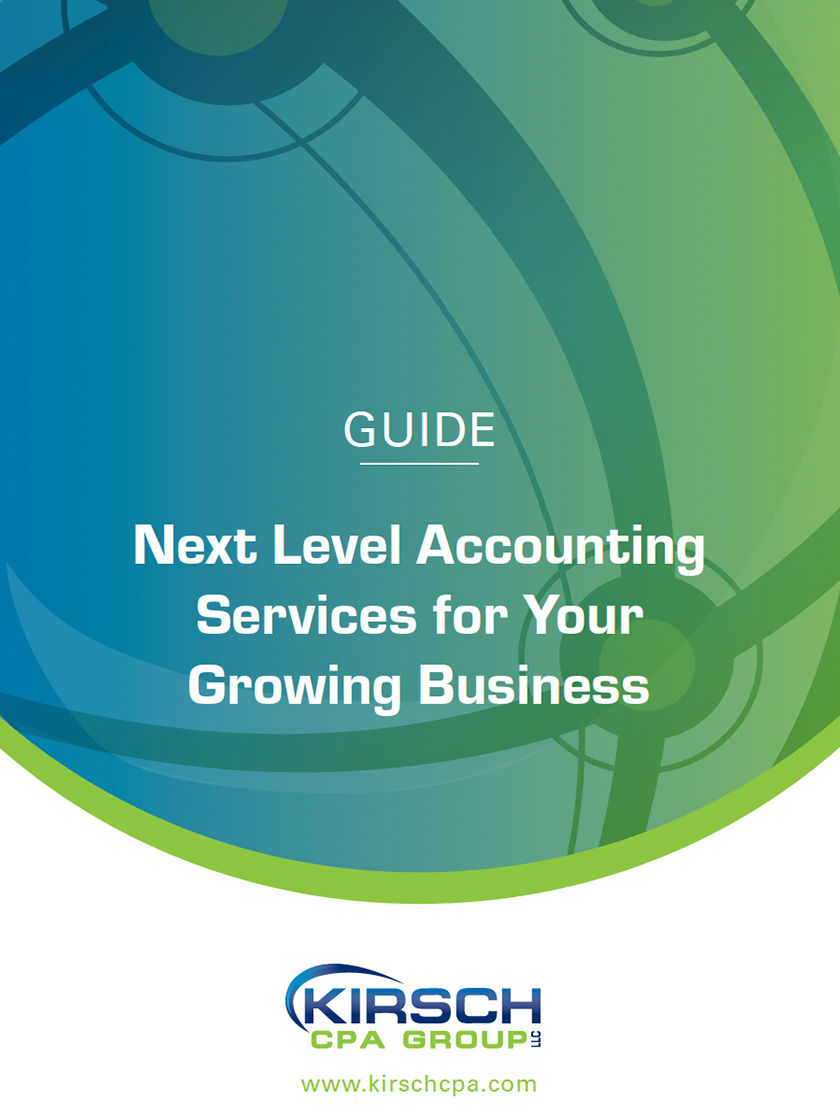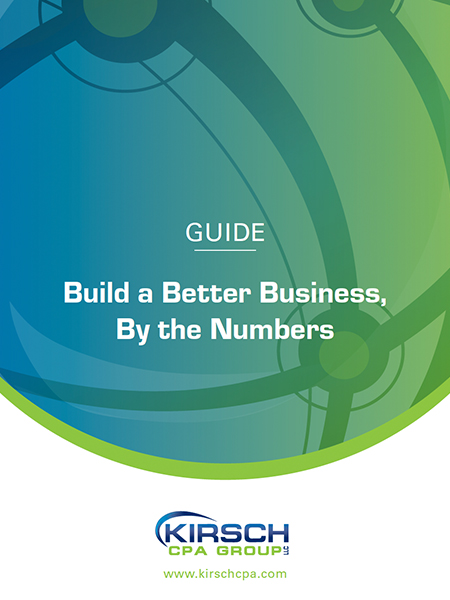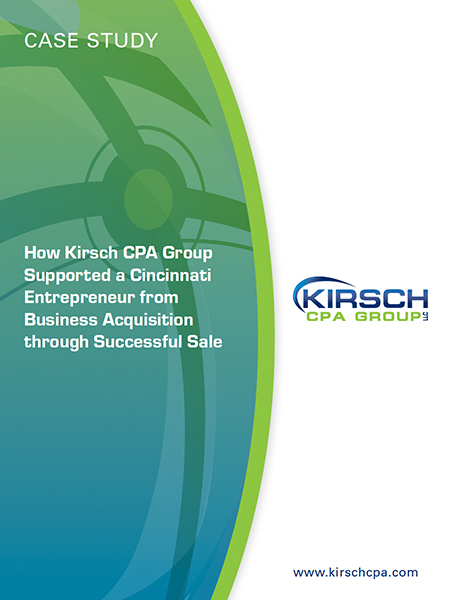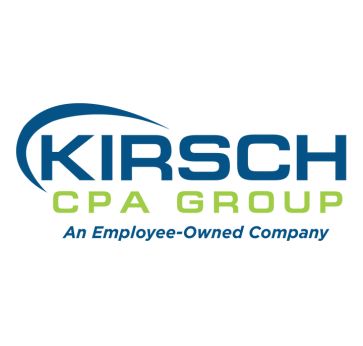A New Savings Option Will Soon Be Available for Families
Oct 27, 2025

Starting in 2026, Trump Accounts will provide another tax-favored way to save for a child’s future. Introduced under the One Big Beautiful Bill Act (OBBBA), these accounts are similar to traditional IRAs, but they’re only for U.S. citizens under age 18. Here are answers to some common questions.
How Do Trump Accounts Work?
Parents of children born in 2025 through 2028 can elect to enroll these children in the Trump Account pilot program. The child must be a U.S. citizen and have a Social Security Number at the time of the election to participate in the program. Once enrolled, the child will receive an initial $1,000 account contribution from the federal government. This amount won’t be subject to federal income tax. It’s essentially free money from Uncle Sam.
Children born before January 1, 2025, who are under the age of 18, are also eligible for a Trump Account with all its features. But they aren’t eligible for the initial $1,000 federal contribution. They’ll also have fewer years to accumulate account earnings before they turn 18.
Starting on July 4, 2026, parents or other individuals, such as grandparents, can make annual contributions of up to a combined limit of $5,000 to a child’s Trump Account. The contribution limit will be adjusted for inflation starting in 2028. Contributions can be made each year until the year the child turns 18. The federal government’s $1,000 pilot program contribution doesn’t count against the $5,000 annual limit.
For example, Natasha was born on October 1, 2025. Her parents can contribute up to $5,000 to her account after July 4, 2026, on top of the $1,000 federal contribution. Additional contributions up to the applicable annual limit can be made each year after 2026, until the year Natasha turns 18.
Important: Annual Trump Account contributions aren’t deductible. They’re made with after-tax dollars.
No distributions can be taken from the Trump Account before the year the account beneficiary turns 18. Until then, the Trump Account balance can grow federal-income-tax-free. If you consistently maximize annual contributions to your child’s account, you can accumulate a sizable nest egg for your child’s future needs. (See “Trump Account Contributions Can Add Up” below.)
What Are the Investment Options for Trump Accounts?
Until the year the account beneficiary turns 18, a Trump Account can invest only in “eligible” investments. These are mutual funds or exchange-traded funds (ETFs) that:
- Track a qualified index,
- Don’t use leverage,
- Don’t charge fees of more than 0.1% of the invested balance, and
- Meet other IRS guidelines.
A qualified index generally means the Standard and Poor’s 500 index or another U.S. stock index. A qualified index can’t be an industry-specific or sector-specific index, but it can be an index based on market capitalization.
What Happens to Trump Accounts After Age 18?
Starting with the year the account beneficiary turns 18, his or her Trump Account transitions into a standard traditional IRA. It’s subject to the same federal income tax rules for contributions and distributions as traditional IRAs. That means that, starting with the year your child turns 18, he or she:
- Must have earned income to make any additional contributions to the account, and
- Can take distributions from the account (but potentially subject to taxes and/or penalties).
The account’s tax basis will equal the sum of any nondeductible contributions made before and after the account turned into a traditional IRA. The account’s tax basis excludes:
- The initial tax-free $1,000 federal contribution, if applicable,
- Any tax-free employer contributions, and
- Any tax-free qualified general contributions. (See below for more details.)
Essentially, the portion of distributions attributable to nondeductible, after-tax contributions will be tax-free for federal tax purposes. The portion attributable to the excluded items above or growth in the account will be taxable.
Important: The taxable portion of any distribution taken before age 59½ will be subject to a 10% early withdrawal penalty tax unless an exception applies.
Can Employers Contribute to Trump Accounts?
Employers can set up Trump Account contribution programs. Starting on July 4, 2026, these employers can contribute up to $2,500 annually to Trump Accounts for their eligible under-age-18 employees or their employees’ eligible under-age-18 dependents. This contribution limit will also be adjusted for inflation starting in 2028. Employer contributions are tax-free to eligible employees or dependents. And employers can deduct the contributions as an employee compensation expense. However, the plan’s contributions can’t discriminate in favor of highly compensated employees or their dependents.
Employer contributions count against the $5,000 annual contribution limit for Trump accounts, according to information on the White House website. However, the IRS is expected to issue additional guidance to clarify matters.
What Are Qualified General Contributions?
Other possible sources of tax-free contributions to Trump Accounts under IRS rules are:
- State, local or tribal governments, and
- Tax-exempt 501(c)(3) organizations.
These qualified general contributions won’t be subject to the $5,000 annual contribution limit. However, they must be provided to all children within a defined qualified group. At this point, it’s uncertain how many states or organizations will offer qualified general contributions.
How Do Trump Accounts Compare to Other Savings Tools?
Of course, there are other tax-advantaged savings tools for parents to consider. Examples include Section 529 accounts and Coverdell Education Savings Accounts. Distributions from these accounts may be tax-free — but only if the money is spent on qualified education expenses. If not, you could lose out on the tax benefits.
Other savings tools — such as custodial accounts and trusts — are also available. However, they don’t allow you to defer taxes, and they could expose your child to the “kiddie tax,” possibly until he or she turns 24. Plus, trust income must be distributed to your child — or it’ll be subject to the unfavorable federal tax brackets for trusts.
For More Information
Tax-advantaged Trump Accounts are worth considering, especially if you can afford to make significant annual contributions and/or you work for a company that offers a Trump Account program. Contact Kirsch CPA Group to learn more about this savings tool.
Trump Account Contributions Can Add Up
The Council of Economic Advisers (CEA) estimates that, based on average U.S. stock market returns, the Trump Account balance for a baby born in 2026 will be $303,800 by age 18 if his or her parents maximize their annual contributions.
The savings can, indeed, add up, even using more conservative assumptions than the CEA. For instance, based on just a 5% annual return, the account balance for a baby born in 2026 will be roughly $138,000 by age 17. This assumes you’ll:
- Collect the initial $1,000 tax-free federal contribution, and
- Contribute $5,000 into the account annually ($85,000 in total contributions).
Suppose your child leaves the money invested in the account — which transitions into a traditional IRA — for 43 years until reaching age 60. If the account continues to earn 5% annually, it will grow to about $1.2 million by age 60.
And the savings don’t have to stop there. Once the account beneficiary has earned income, he or she can make additional contributions to the account each year starting at age 18. There’s also the option of converting the former Trump Account from a traditional IRA to a Roth IRA. This strategy might be especially advantageous when your child is in a lower tax bracket.
Schedule an appointment to learn how we can support you
© Copyright 2025. All rights reserved.
Sign Up for Email Updates
Accounting & Financial News
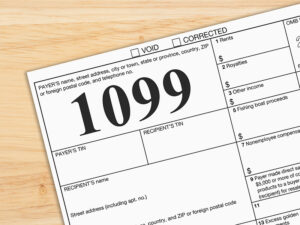
New 1099 Rules May Bring Relief to Some Businesses
The One Big Beautiful Bill Act (OBBBA) has garnered headlines for extending dozens of tax provisions and…
